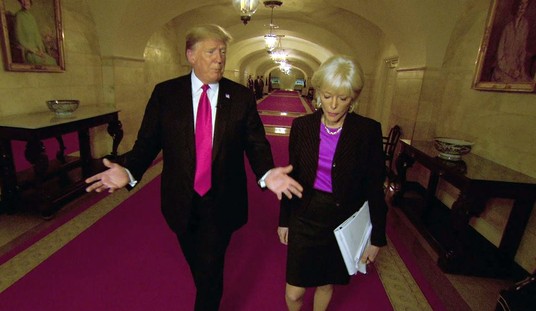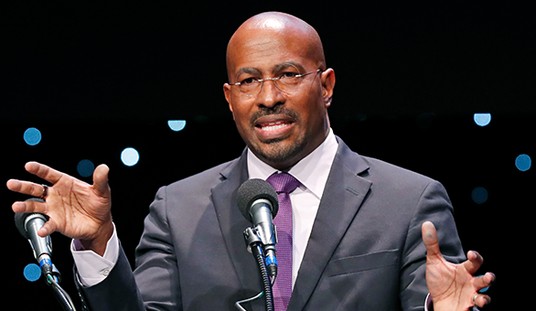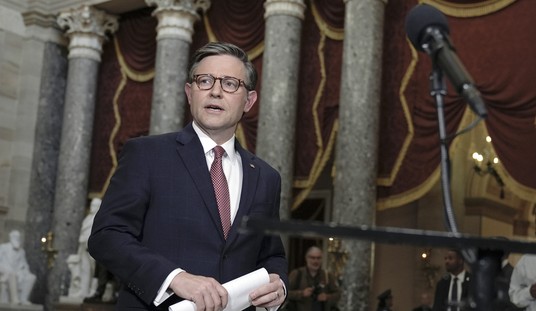The Obama administration, health care providers, and advocates for the poor have all been touting the supposed benefits of Medicaid expansion. What is missing from the proponents’ claims of huge windfalls is a thorough discussion of the costs, obstacles, alternatives, and potential pitfalls that make Medicaid expansion a bad deal for states.
The Affordable Care Act (ACA) contains financial incentives designed to strongly encourage states to expand Medicaid eligibility to 138 percent of the federal poverty level. For reference, that’s nearly $16,000 for an individual and $32,500 for a family of four. The ACA’s built-in incentives originally included both a carrot and a stick! On the one hand, the federal government promises to pay most costs for those newly eligible through 2019. Under the original provisions, states failing to expand Medicaid eligibility stood to lose all federal matching funds for those Medicaid enrollees already covered. However, a June 2012 U.S. Supreme Court decision ruled as unconstitutional the provisions denying federal matching funds to states that refuse to expand Medicaid.
This is significant because many of the moderate-income individuals who would qualify for a newly expanded Medicaid program will now qualify for another provision in the health reform law -- generous subsidies to purchase private health insurance.
Moderate-income families earning from 100% to 133% of poverty would be able to buy coverage in the health insurance exchange for premiums that are limited to no more than 2% of income. Those earning slightly more (133% to 138%) will have to pay no more than 3% of income. In other words, individuals and families can obtain private health insurance in the exchange worth up to $5,000 for individual coverage ($15,000 for family coverage) for less than $350 for a single person, and less than $1,000 for a family of four. The actual cost per covered individual will depend on family income and family size. The kicker: families would not be eligible for subsidies if they have access to either Medicaid or employer coverage. In other words, this option is not available in states that expand Medicaid eligibility above the poverty line.
Recommended
Why is this important? Moderate-income families, doctors and advocates for the poor should care because private insurers pay doctors about double what Medicaid pays for the same service. Low provider reimbursement rates make it more difficult for Medicaid enrollees to find physicians willing to treat them -- limiting their access to care.
Consider this: nationally, less than one-third of physicians accept new patients enrolled in Medicaid. This is nearly double the rate of doctors who have closed their practices to new Medicare patients (17 percent) and to new privately insured patients (18 percent). Physicians are four times more likely to turn away new Medicaid patients than those with no insurance (31 percent versus 8 percent).
On paper, Medicaid appears far better than the health plans most Americans enjoy -- with lower cost-sharing and unlimited benefits. But by almost all measures, Medicaid enrollees fare worse than similar patients with private insurance. For instance, post-surgical individuals enrolled in Medicaid are almost twice as likely to die as privately insured patients and about 12 percent more likely to die than the uninsured, according to a University of Virginia study.
Another problem policymakers should worry about is that many of the newly insured under Medicaid will be those who previously had private coverage. Crowd-out is a condition where people who are already covered by employer or individual insurance drop that coverage to take advantage of the free public option. Analysis of past Medicaid expansions by the economists and Obama administration advisers David Cutler and Jonathan Gruber found that when Medicaid eligibility is expanded -- in some cases -- half of newly enrolled had previously been privately insured. Estimates vary, but reasonable projection shows that Medicaid rolls might rise by 1.4 people in order to reduce the uninsured by 1 person, forcing taxpayers to fund costs previously covered by companies and individuals.
Proponents often tout the benefits of so-called “economic activity” that additional federal Medicaid funds might create within states. Yet, economists find it difficult to calculate the actual value of economic activity. Balanced-budget multipliers show such increases negatively affect national economic output. If correct, these results suggest that the net effect of the new health law will be that GDP stalls or declines as the federal government pulls more revenues from citizens to fund its programs. Basically, consumers will cut back consumption elsewhere to pay for the increased tax burden.
Nationally, Medicaid comprises more than one of every five dollars spent by state budgets and is growing at an unsustainable rate. States would be better served to encourage uninsured residents living just above poverty to instead enroll in subsidized private coverage through the exchange. States collectively would benefit from about $20 billion per year in additional medical funding from private insurers compared to what Medicaid would have reimbursed doctors and hospitals for treating Medicaid enrollees earning 100% to 138% of poverty.
For families earning less than 100 percent of poverty, states should tailor their Medicaid programs in ways that fit states’ unique needs. This might include selectively covering some optional populations but not others. A tailored Medicaid program might also involve providing limited benefits rather than open-ended entitlements. Regardless of how a program is tailored, some (if not all) of the additional spending would likely qualify for federal matching funds — albeit at a rate of about 60 percent rather than 90 percent. Each state’s respective Medicaid program should be designed with state taxpayers’ preferences and priorities in mind rather than a one-size-fits-all program designed by Washington politicians.
























Join the conversation as a VIP Member